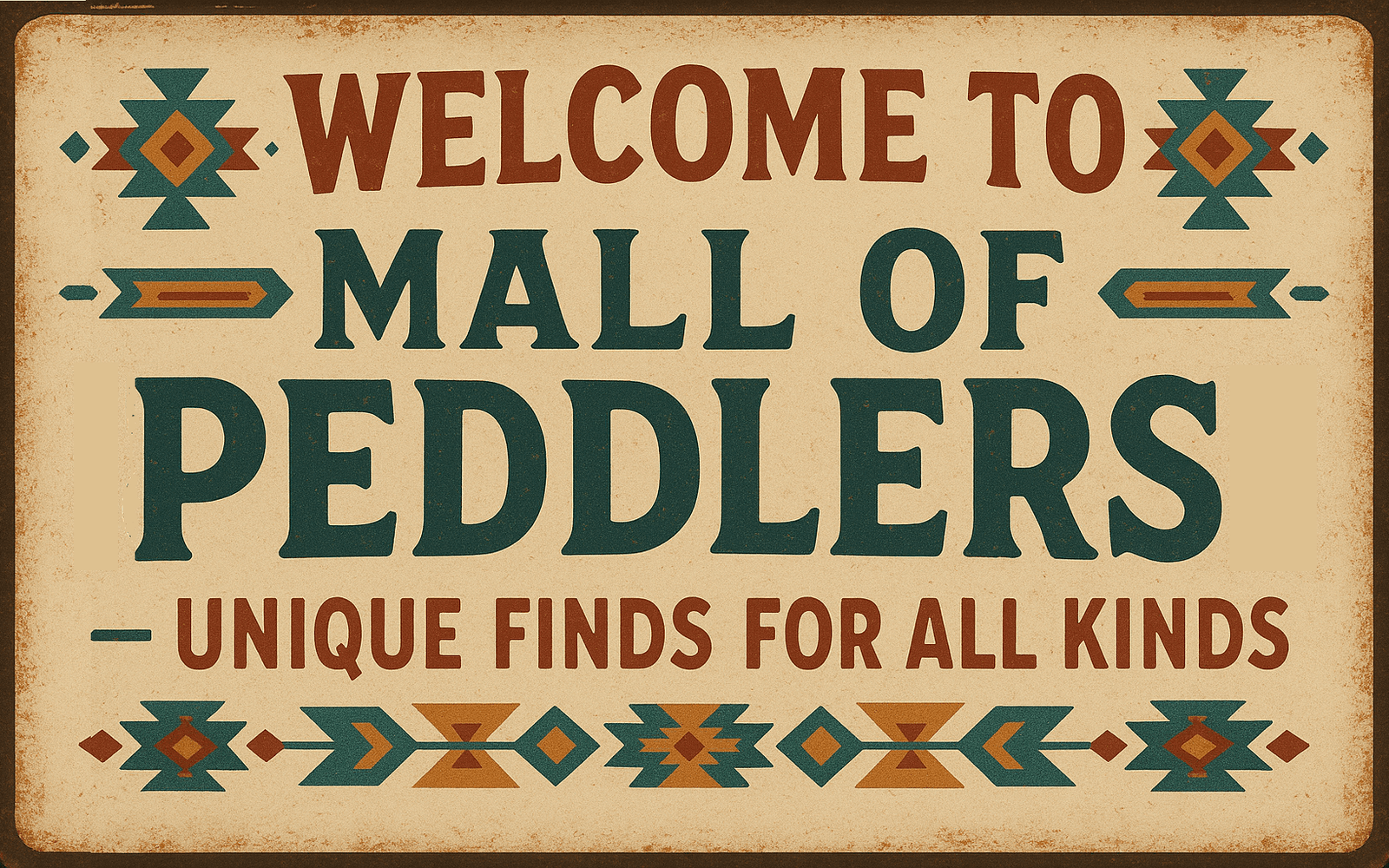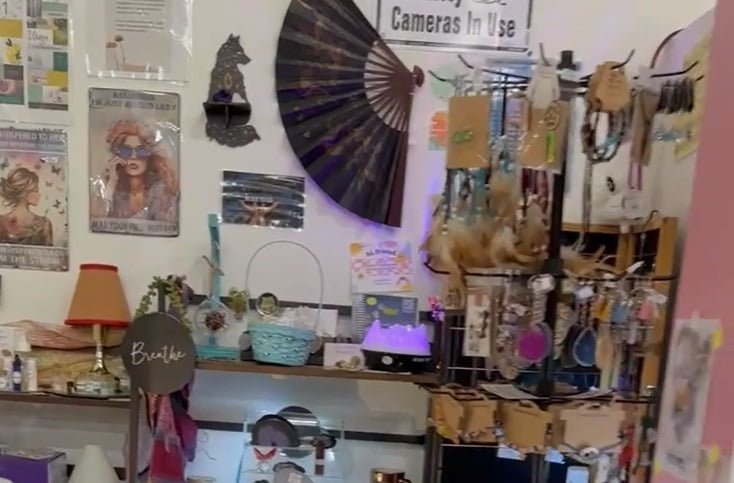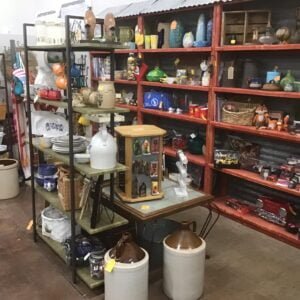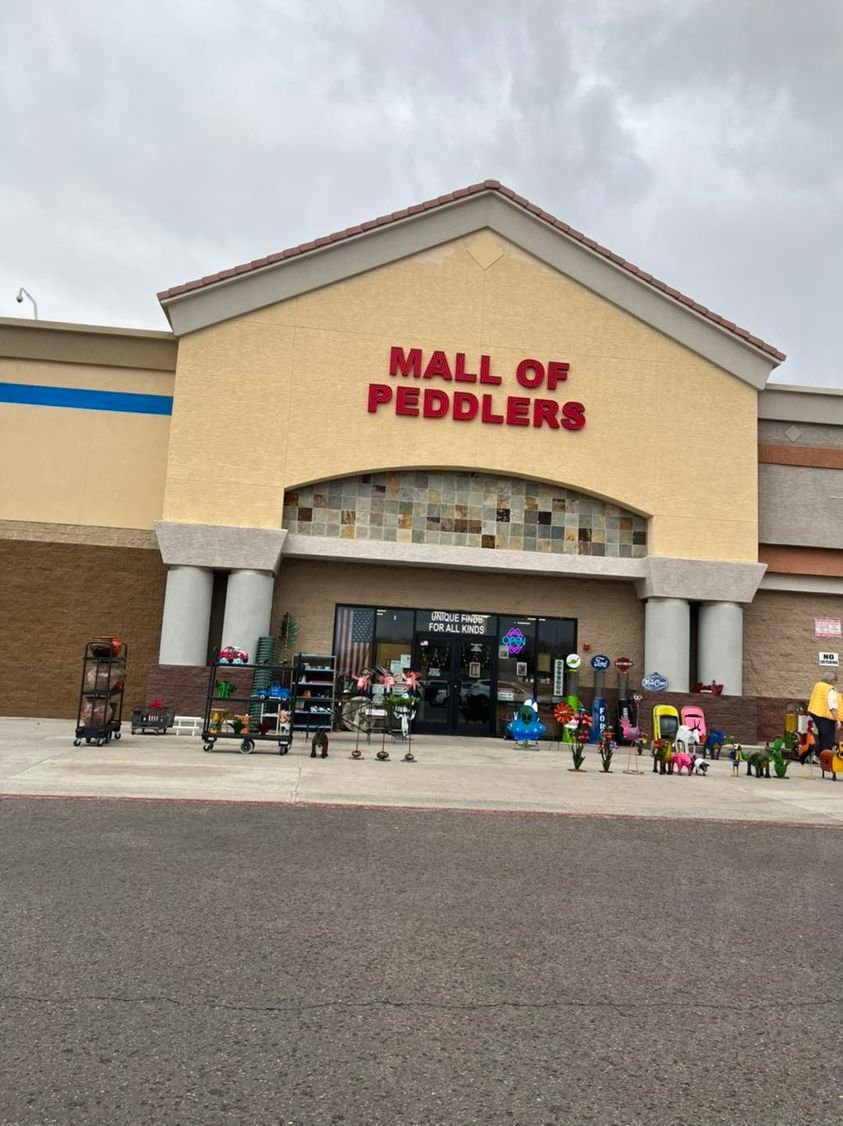The Benefits of Having a Website for Your Small Business
One of the main benefits of having a website for your small business is the increased visibility it provides. In a world where people turn to the internet for almost everything, having a website allows potential customers to find you easily. When someone searches for a product or service that you offer, having a website increases the chances of your business appearing in the search results.
Furthermore, having a website allows you to showcase your products or services in a way that is visually appealing and informative. You can use high-quality images, videos, and detailed descriptions to highlight the features and benefits of what you offer. This can help potential customers understand your offerings better and make informed decisions.
Another advantage of having a website is the ability to establish credibility and build trust with your customers. A well-designed website with a professional look and feel can instill confidence in your business and make potential customers more likely to choose you over your competitors. Additionally, you can use your website to display testimonials, reviews, and case studies from satisfied customers, further strengthening your credibility.
Having a website also provides a platform for you to engage with your customers and build relationships. You can include contact forms, live chat features, and social media integration on your website, allowing customers to reach out to you easily. This not only improves customer satisfaction but also gives you valuable insights into their needs and preferences, which can help you tailor your products or services to better meet their expectations.
Furthermore, a website can serve as a powerful marketing tool for your small business. You can use search engine optimization (SEO) techniques to improve your website’s visibility in search engine results, increasing the likelihood of attracting organic traffic. Additionally, you can implement various online marketing strategies such as content marketing, email marketing, and social media marketing to drive targeted traffic to your website and generate leads.
Lastly, having a website opens up new opportunities for growth and expansion. With a website, you can easily reach a global audience and tap into new markets that were previously inaccessible. You can also explore e-commerce options and sell your products or services online, expanding your customer base and increasing your revenue potential.
In conclusion, having a website is no longer a luxury but a necessity for small businesses. It provides increased visibility, establishes credibility, allows for customer engagement, serves as a marketing tool, and opens up opportunities for growth. Investing in a well-designed and functional website is an investment in the success and future of your small business.
Furthermore, having a website enables you to expand your reach beyond your local area. With the power of the internet, you can now connect with customers from different cities, states, or even countries. This opens up a whole new market for your small business and allows you to tap into a larger customer base.
Moreover, a website provides a platform for you to showcase your products or services in a visually appealing and informative manner. You can include high-quality images, detailed descriptions, and even customer testimonials to entice potential customers. This not only helps to build credibility and trust but also gives customers a better understanding of what you have to offer.
Additionally, having a website allows you to stay competitive in today’s digital age. In a world where online shopping is becoming increasingly popular, small businesses without an online presence can quickly get left behind. By having a well-designed and user-friendly website, you can keep up with the competition and ensure that your business remains relevant.
Furthermore, a website provides a platform for you to engage with your customers on a deeper level. You can include a blog section where you can share valuable content related to your industry or provide tips and advice to your customers. This not only helps to establish you as an expert in your field but also encourages customers to return to your website for more information.
Moreover, a website allows you to gather valuable data and insights about your customers. Through tools like Google Analytics, you can track the number of visitors to your website, their demographics, and even their browsing behavior. This information can help you make informed decisions about your marketing strategies and tailor your offerings to better meet the needs of your target audience.
In conclusion, having a website is essential for the success of your small business in today’s digital world. It provides increased online visibility, expands your reach, helps you stay competitive, allows for deeper customer engagement, and provides valuable data and insights. By investing in a well-designed and optimized website, you can take your small business to new heights and achieve long-term success.
A well-designed and professional-looking website can enhance your business’s credibility and professionalism. In today’s digital world, consumers often research businesses online before making a purchase or deciding to work with them. Having a website gives your business a platform to showcase your products, services, and testimonials from satisfied customers. It also allows you to establish your brand identity and differentiate yourself from competitors.
3. 24/7 Availability
Unlike a physical store, a website is accessible to potential customers 24/7. This means that even when your business is closed, people can still learn about your products or services, make inquiries, and even make purchases. Having a website allows you to cater to the needs of customers who prefer to shop or gather information outside of regular business hours. This increased availability can lead to more sales and customer satisfaction.
Imagine a scenario where a potential customer is looking for a specific product late at night. They are unable to find it in any physical store near them, and frustration starts to set in. However, with the convenience of a website, they can simply go online, browse through your product catalog, and place an order without any hassle. This not only saves the customer time and effort but also helps your business generate revenue even during non-working hours.
Moreover, having a website also allows you to provide round-the-clock customer support. You can integrate chatbots or live chat features on your website, enabling customers to get immediate assistance with their queries or concerns. This level of support can significantly enhance customer satisfaction and build trust in your brand.
Furthermore, a website offers the advantage of global accessibility. With the internet connecting people from all corners of the world, your website becomes a gateway to a vast audience. Potential customers from different time zones and geographical locations can visit your website at any time, giving your business a global reach. This opens up opportunities for international sales, expansion into new markets, and the ability to cater to diverse customer needs.
Additionally, a website allows you to showcase your products or services in a visually appealing and informative manner. You can include high-quality images, detailed descriptions, and even videos to engage and educate your audience. This level of presentation is often limited in a physical store due to space constraints and other limitations. By leveraging the power of a website, you can provide an immersive and interactive experience to potential customers, helping them make informed purchasing decisions.
Overall, the 24/7 availability provided by a website is a game-changer for businesses. It breaks the barriers of time and location, allowing you to connect with customers at their convenience. Whether it’s making a purchase, gathering information, or seeking support, your website ensures that your business is always accessible and ready to serve.
Moreover, digital marketing allows for better tracking and measurement of results compared to traditional marketing methods. With tools like Google Analytics, you can analyze the performance of your website and marketing campaigns in real-time. This data-driven approach enables you to make informed decisions and optimize your marketing efforts for better results.
Another advantage of digital marketing is its ability to provide personalized experiences for customers. Through techniques like email marketing and remarketing, you can tailor your messages and offers to specific segments of your audience. This level of personalization not only increases the chances of conversion but also enhances customer satisfaction and loyalty.
Furthermore, digital marketing offers a level playing field for businesses of all sizes. Unlike traditional marketing, where larger companies with bigger budgets have a significant advantage, digital marketing allows small businesses to compete with industry giants. By leveraging the power of social media, content marketing, and influencer partnerships, small businesses can gain visibility and build a strong brand presence without spending a fortune.
In addition, digital marketing provides businesses with the opportunity to engage with their customers in real-time. Through social media platforms, chatbots, and instant messaging, businesses can interact with their audience, address their queries, and provide timely support. This level of engagement not only fosters customer trust but also helps in building long-term relationships.
Lastly, digital marketing offers a wide range of targeting options that allow businesses to reach their ideal customers with precision. With tools like Facebook Ads and Google AdWords, you can target specific demographics, interests, and behaviors to ensure that your marketing messages are seen by the right people. This targeted approach not only increases the effectiveness of your marketing campaigns but also reduces wasted ad spend.
In conclusion, digital marketing provides small businesses with a cost-effective, measurable, personalized, and engaging way to reach their target audience. By leveraging the power of online marketing strategies, businesses can level the playing field, build strong brand presence, and drive meaningful results.
5. Customer Engagement and Feedback
A website provides a platform for customer engagement and feedback. Through features such as contact forms, live chat, and comment sections, you can interact with your customers and address their inquiries or concerns promptly. This engagement can help build trust and loyalty among your customer base. Additionally, a website can serve as a valuable tool for collecting customer feedback and testimonials, which can further enhance your business’s reputation.
6. E-commerce Opportunities
If you sell products, having a website opens up e-commerce opportunities for your small business. With an online store, you can reach customers beyond your local area and even expand globally. E-commerce allows you to sell products 24/7, automate processes such as inventory management and order fulfillment, and provide a convenient shopping experience for your customers. This can significantly increase your revenue and business growth.
One of the key advantages of e-commerce is the ability to reach a wider audience. Unlike a physical store that is limited by its geographical location, an online store has the potential to attract customers from all over the world. By optimizing your website for search engines and utilizing digital marketing strategies, you can increase your online visibility and attract more potential customers. This means that even if you operate a small business in a remote town, you can still tap into a global market and expand your customer base.
Moreover, e-commerce allows you to sell products 24/7, without the limitations of traditional business hours. Your online store is always open, which means that customers can browse and make purchases at their convenience. This flexibility not only provides a better shopping experience for your customers but also gives you the opportunity to generate sales even when you are not physically present. As a result, your business can continue to generate revenue even during non-business hours, ultimately increasing your overall profitability.
Another advantage of e-commerce is the automation of various business processes. With an online store, you can integrate inventory management systems that automatically update stock levels, ensuring that you never oversell or run out of products. Additionally, order fulfillment can be streamlined through the use of automated systems, reducing the need for manual intervention and minimizing errors. This not only saves time and resources but also improves customer satisfaction by ensuring prompt and accurate delivery.
Furthermore, e-commerce provides a convenient shopping experience for your customers. With just a few clicks, they can browse through your product catalog, compare prices, read reviews, and make purchases from the comfort of their own homes. This convenience factor is especially important in today’s fast-paced world, where consumers value time-saving solutions. By offering an online store, you are catering to the needs of modern consumers and making it easier for them to engage with your brand.
In conclusion, having a website with an e-commerce component can greatly benefit your small business. It opens up opportunities to reach a wider audience, sell products around the clock, automate business processes, and provide a convenient shopping experience. By leveraging the power of e-commerce, you can expand your customer base, increase revenue, and achieve sustainable business growth.
7. Competitive Advantage
In today’s competitive business landscape, having a website can give you a significant advantage over your competitors. Many small businesses still do not have a website or have outdated and poorly designed ones. By investing in a well-designed and user-friendly website, you can stand out from the crowd and attract more customers. A website can also help you showcase your unique selling points and highlight what sets your business apart.
One way a website can provide a competitive advantage is by enhancing your online presence. With the increasing reliance on the internet for information and services, having a strong online presence is crucial. A well-designed website can help you establish credibility and trust with potential customers who are searching for products or services online. When your website is user-friendly and provides valuable information, it can attract more visitors and convert them into paying customers.
Moreover, a website can also serve as a platform to showcase your expertise and build authority in your industry. By regularly updating your website with informative and engaging content, such as blog posts or articles, you can position yourself as a thought leader and go-to resource in your field. This can help you attract not only customers but also potential business partnerships and collaborations.
Additionally, a website can provide a convenient and efficient way for customers to interact with your business. Through features like online forms, live chat support, or e-commerce functionality, you can streamline the customer experience and make it easier for them to engage with your products or services. This level of convenience can give you an edge over competitors who may not offer such online capabilities.
Furthermore, a well-optimized website can also improve your visibility in search engine results. By incorporating search engine optimization (SEO) strategies into your website’s design and content, you can increase your chances of ranking higher in search engine rankings. This means that when potential customers search for keywords related to your business, they are more likely to find your website and choose you over your competitors.
Overall, having a well-designed and user-friendly website can provide numerous competitive advantages for your business. From enhancing your online presence to showcasing your expertise and improving customer interaction, a website can help you stand out in today’s digital world. Investing in a website is not just a trend; it is a strategic move that can give you a significant edge over your competitors.







